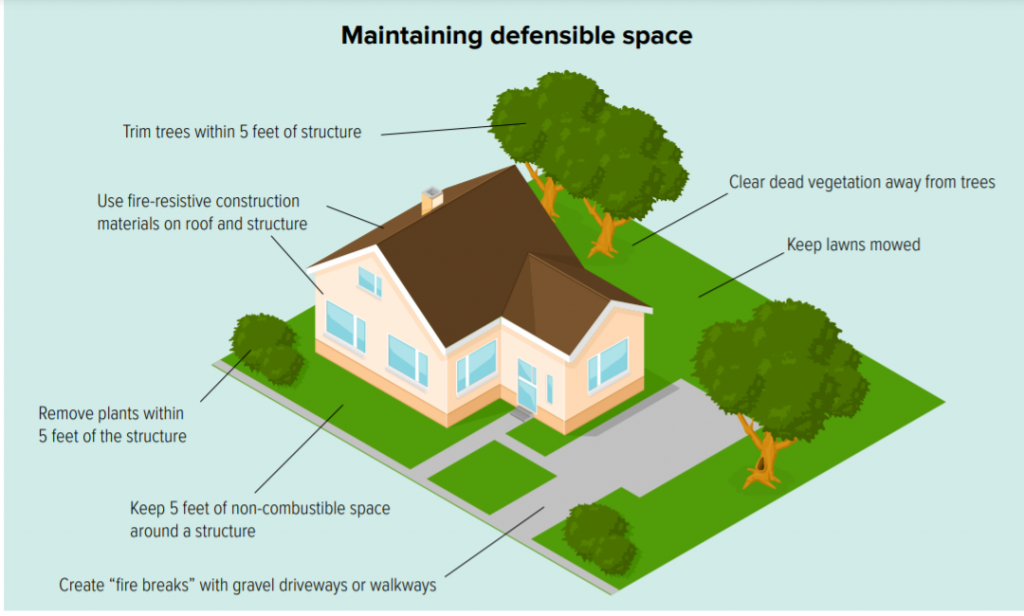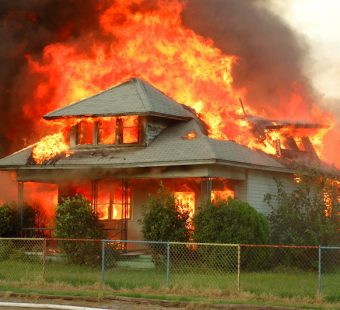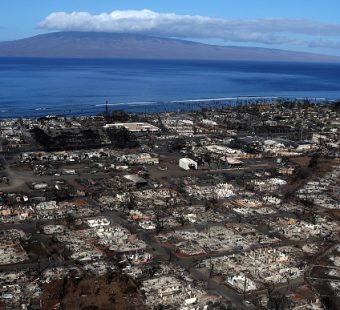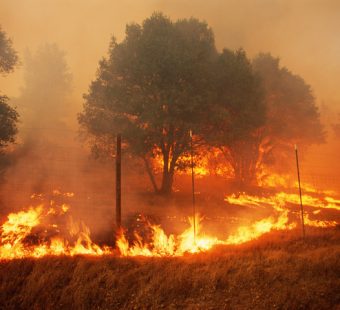
Living with Wildfire Risk: Experts Share Their Perspectives and Strategies
By James Ballot, Senior Advisor, Strategic Communications, Triple-I
11/09/2020
Wildfire activity is growing more frequent, widespread and intense. In just over 10 months of calendar year 2020, more than 8.6 million acres spanning Texas and Wyoming and Colorado and California were burned in wildland fires, making this year the most active on record.
Based on acreage lost, the three most destructive wildfire years of the past century have occurred since 2015. If this trend continues, 4.5 million U.S. homes are at high or extreme risk of wildfire—with more than 2 million in California alone, according to Verisk’s 2019 Wildfire Risk Analysis.
As natural catastrophe threats escalate and evolve, so, too, must peoples’ responses. “Rather than accepting wildfires as a fact of life, we have the power to find ways to live with and manage the risk of wildfire,” says Janet Ruiz, the Triple-I’s Director of Strategic Communications and a longtime resident of northern California.
So, the question, then, is what does it mean to live with wildfire? Two experts offer their perspectives:
Michele Steinberg, Wildfire Division Director at the National Fire Prevention Agency (NFPA) sees the natural response not as a single “solution,” but as an approach incorporating many solutions. Calling on her background, which includes experience as a hazard mitigation specialist, Steinberg simplifies matters by stressing awareness and maintenance as personal responsibilities integrated with a community effort: “Retrofit, maintain and most importantly, work with your neighbors.”
To promote risk awareness and mitigation through maintenance, NFPA creates programming like the Firewise USA education/awareness campaign and other information to assist households and community leaders in building wildfire resilience. As a takeaway—that “one thing everybody should know”—Steinberg offers the following: “Everything matters. Understand the risks and take steps to reduce them. We urge everybody to pay attention to their “home ignition zone” [extending 100’ from a building’s foundation], but the first 5’ around your house are the most important.”
The Insurance Institute for Building & Home Safety (IBHS) is another organization that works in tandem with the insurance industry by taking a similarly “holistic” view of wildfire mitigation. The organization’s Disaster Safety Strategy is created to educate audiences on making homes and businesses more disaster-ready; improving building materials and systems; and supporting creation of effective construction standards and building codes.
IBHS’s approach to wildfire safety calls for residential and commercial property owners to build back (from a catastrophe) or retrofit with materials and construction methods to withstand greater destructive forces. Whereas NFPA’s approach to maintenance and mitigation starts at a building’s foundation, IBHS encourages audiences to “Lead with the Roof.”
Location at opposite ends of a structure aside, these two perspectives are in complete agreement. Daniel Gorham, an IBHS Research Engineer clarifies his organization’s “top-down” view by explaining the general importance of building systems, which starts at the roof as the centerpiece of wildfire resilience. “Material choices largely determine success. But there’s no magic solution or silver bullet that solves any vulnerability.”
The roof, for example, is only as good as the elements that make it: Materials, construction and design—all play essential roles. For example, fire-resistant shingles do their job, but perform best on an under-roof engineered to similar standards of flame retardancy. Material choices call for effective design, such as metal flashing in roof valleys where they come into contact with any vertical surface, such as a dormer.
As Gorham puts it, “no one thing reduces risk completely. Solutions require effective systems. And of course, effective systems need regular maintenance.”
Learn more about wildfire resilience:
IBHS/DisasterSafety.org: Make Your Home Wildfire Ready
NFPA guide: Preparing Homes for Wildfire
Triple-I wildfire resources:



